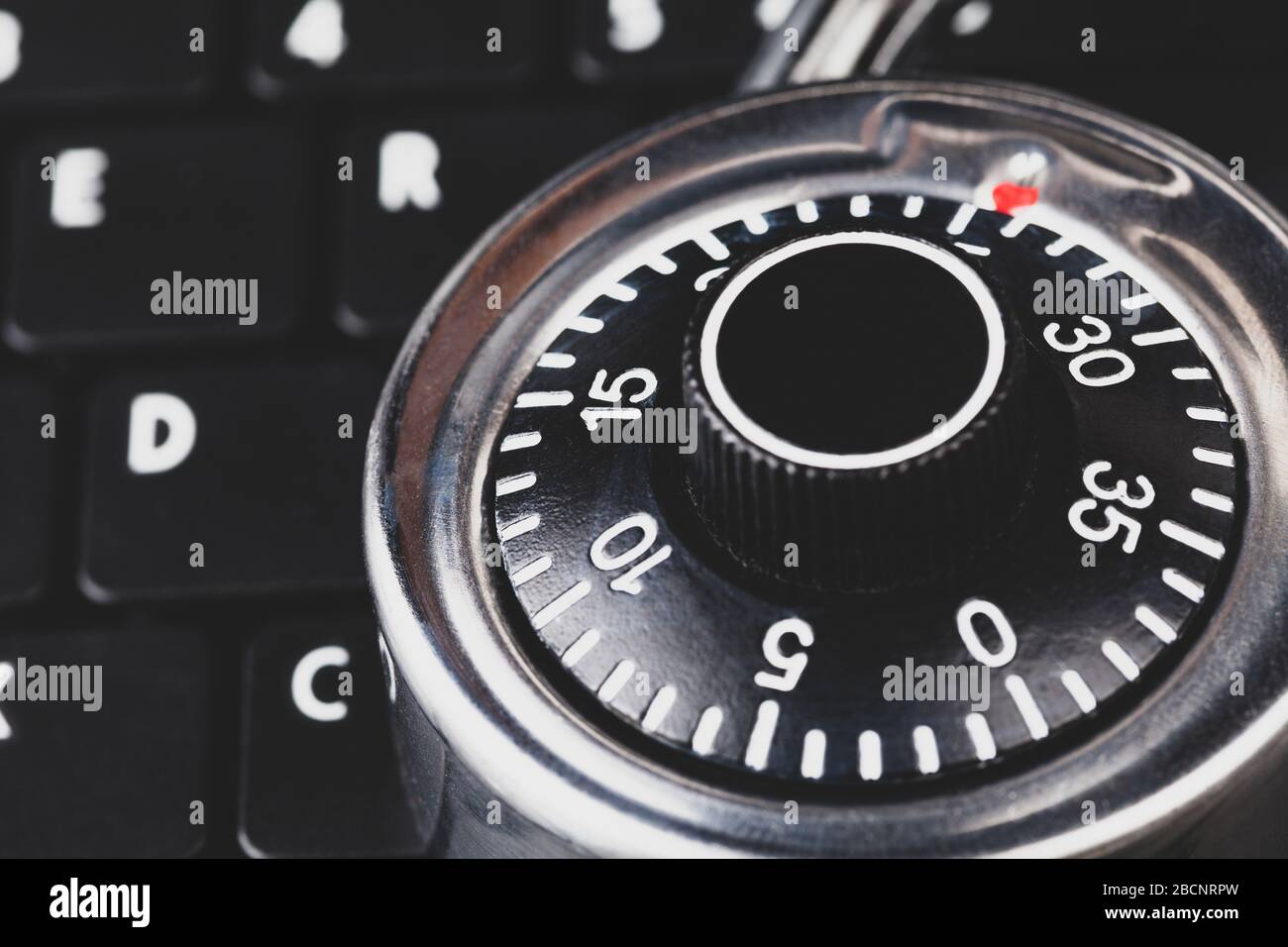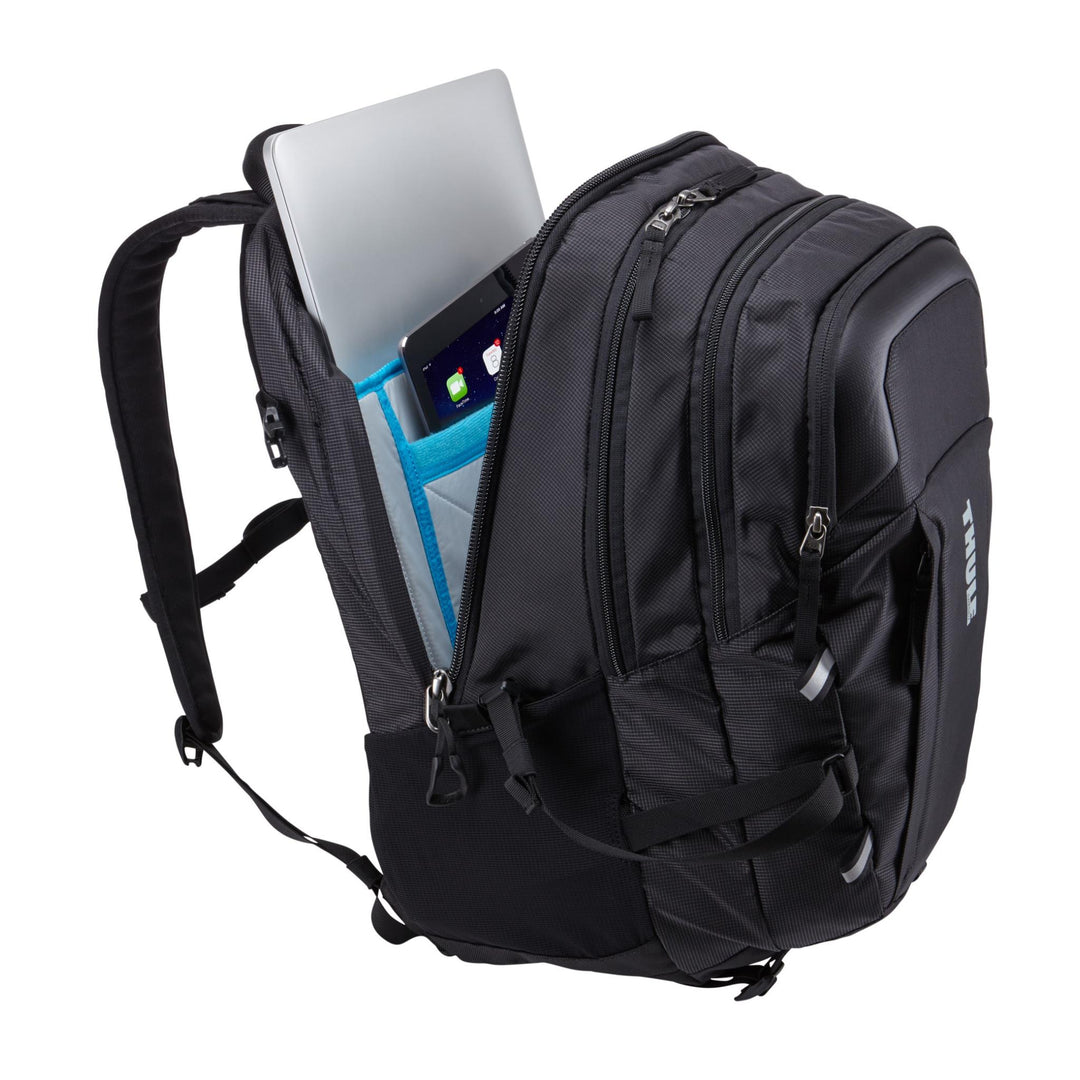
To include the designated packages in the JAR:Įxport-Package: !, com.acme.* version=1.2 The contents from the output can come from the class path or from anywhere in the file system. Instructions in the bnd file describe the contents of the desired JAR file without writing this structure to disk. This can be described as a ‘‘push’’ model.īnd works differently, it uses the ‘‘pull’’ model. The developer creates a directory image of the jar by copying files to a directory this directory is then jarred. Traditionally, JAR files were made with the JDK jar tool, the jar ant task, or the Maven packager. As bnd is able to to understand the semantics of a bundle it is able to detect many errors, and allow bundles to be created with almost no special information. Without appropriate tooling, maintaining this metadata is an error prone chore.īnd is the Swiss army knife of OSGi, directly addressing the requirement of creating and working with OSGi bundles.īnd automatically creates the required manifest from the class files: this by analyzing the class files for dependencies. This metadata must be closely aligned with the class files in the bundle and the policies that a company has about versioning. I call it my ShopBot Post Post.OSGi requires additional metadata in the JAR’s manifest to verify the consistency of your “class path”.

#Enroute 3 macros code
Send me an email via the forum and I will be glad to provide a copy of the source code of our script to post process the CAM post output.
#Enroute 3 macros how to
It is a great macro writer that will work with many programs, so the effort to learn how to code is not wasted on just one application. I use AutoHotKey to customize my work environment (reverse direction of mouse scroll wheel in some programs), define Hot Keys to start programs, define keystroke shortcuts for common test phrases, and automate key and mouse presses within programs to do repetative tasks. One of the reasons I chose MasterCAM was the user editable Post files, but even with that, it can not always deal with all circumstances. I have also defined tool names that are meant to be in the second head, and it will convert the Z values into A head commands. What I have put together will break the code apart to separate files for each tool, add a header and footer to each code file to do error checking, set the speeds, and even check if the code is milling beyond a set value (as in thru the spoilboard). AutoHotKey is a scripting language that is a bit easier to code than normal programming languages, and can read the ShopBot code, make changes and output to a new file. We use the scripting language AutoHotKey to modify the output from the CAM program when we can not get (or have yet to get) the changes incorporated into the Post. Then, after verifying that the maximum speed could be changed, I changed the parameter back to 12-ips. I just temporarily changed mine to 15-ips, re-started SB3 and had no difficulty entering 15-ips as the move speed for the X/Y axes. The current versions of SB3 seem to have the hard limit set to 12-ips for the Alpha. I searched until I found the file and the parameter that contained that hard limit and changed it to 10-ips. When I first got my Alpha in 2004, if I remember correctly the top move speed was 8-ips. I'll defer to Ted or someone on his staff to tell you which file and which setting to change.Īssuming that you can safely change that setting without hitting some kind of limitation on pluse rate or cause problems with ramping or any other inter-related command, you'll be able to make the change in a matter of seconds using any text editor. However, because I don't know what problems might be caused if you set the value too high, I would suggest that you contact Shopbot directly to find out if there is a safe setting that is higher than the one that you're using. There is a file that defines the maximum speed.
#Enroute 3 macros software
Is that a setting somewhere in the bot software that can be changed to go faster or is it a physical limitation of the router itself?Īny help, ideas, comments, or suggestions would be most welcomed at this point. Being signfoam, I would think that it could handle more speed. I found that to be the hard limit of the software and/or router. When doing some testing in signfoam of a good woodgrain, I was able to set the rates at 6 and 3 inches per second for the XY and Z, respectively. The obvious workaround is to set the rates from the shopbot software with each job.

We went through and looked at the actual file that is output from enroute and it does not contain the move speed information. I've talked with the guys at shopbot and they've concluded that it's an enroute problem. I'm able to set the move speeds from the shopbot control software and have it run at that speed, but it doesn't take the commands from the file that I save. It does very well with the exception that it's not conveying the feed rate to the router software.


 0 kommentar(er)
0 kommentar(er)
